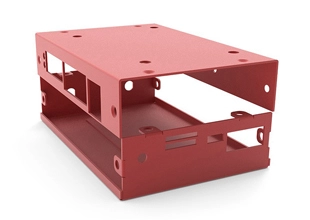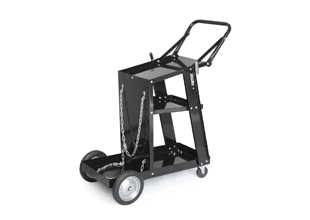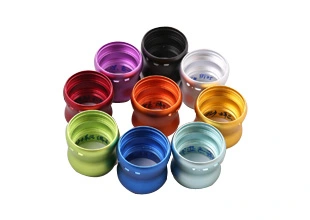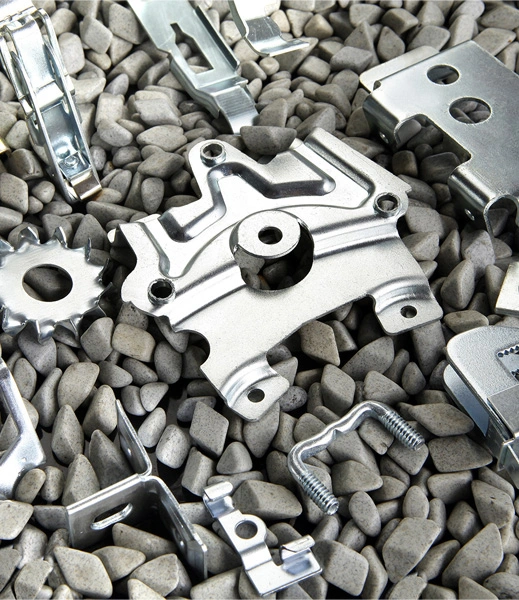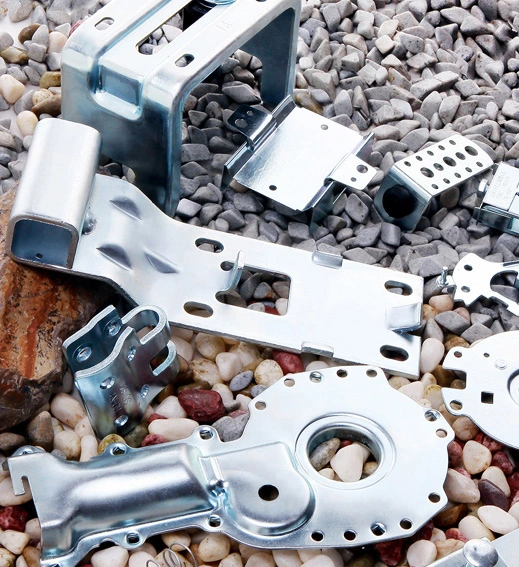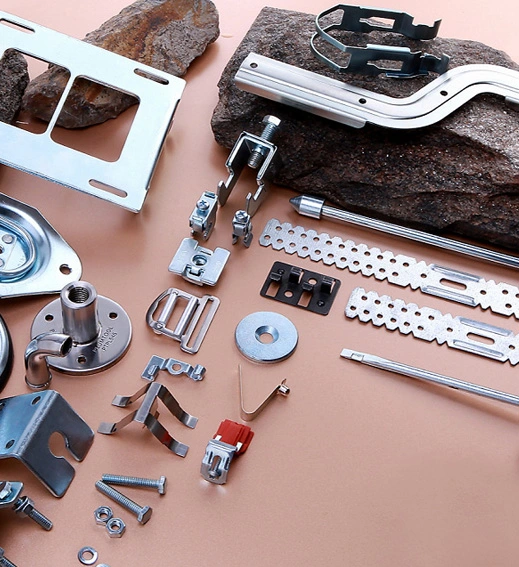
Mirror polishing by Yixing Technology is a kind of mirror processing technology. It mainly reduces the roughness of the surface of the workpiece through polishing, so that the surface of the workpiece can reflect the image like a mirror. This not only has a high appearance, but more importantly, it can reduce gaps and extend the service life of the workpiece.
The following are several common methods of mirror polishing process offered by Yixing Technology, when choosing a polishing process method for metal workpieces, you can choose different methods according to different needs:
Mechanical polishing from Yixing Technology is a polishing method that relies on cutting and plastic deformation of the material surface to remove the polished convex parts to obtain a smooth surface. Generally, oilstone strips, wool wheels, sandpaper, etc. are used, and the operation is mainly manual. Special parts such as the surface of the rotary body can be Using auxiliary tools such as turntables, ultra-precision grinding and polishing methods can be used if the surface quality is high.
Yixing Technology's Super-precision polishing uses special abrasives, which are pressed against the surface of the workpiece to be processed in a polishing fluid containing abrasives to perform high-speed rotation. Using this technology, the surface roughness Ra0.008μm can be achieved, which is the highest among various polishing methods. This method is often used for optical lens molds.
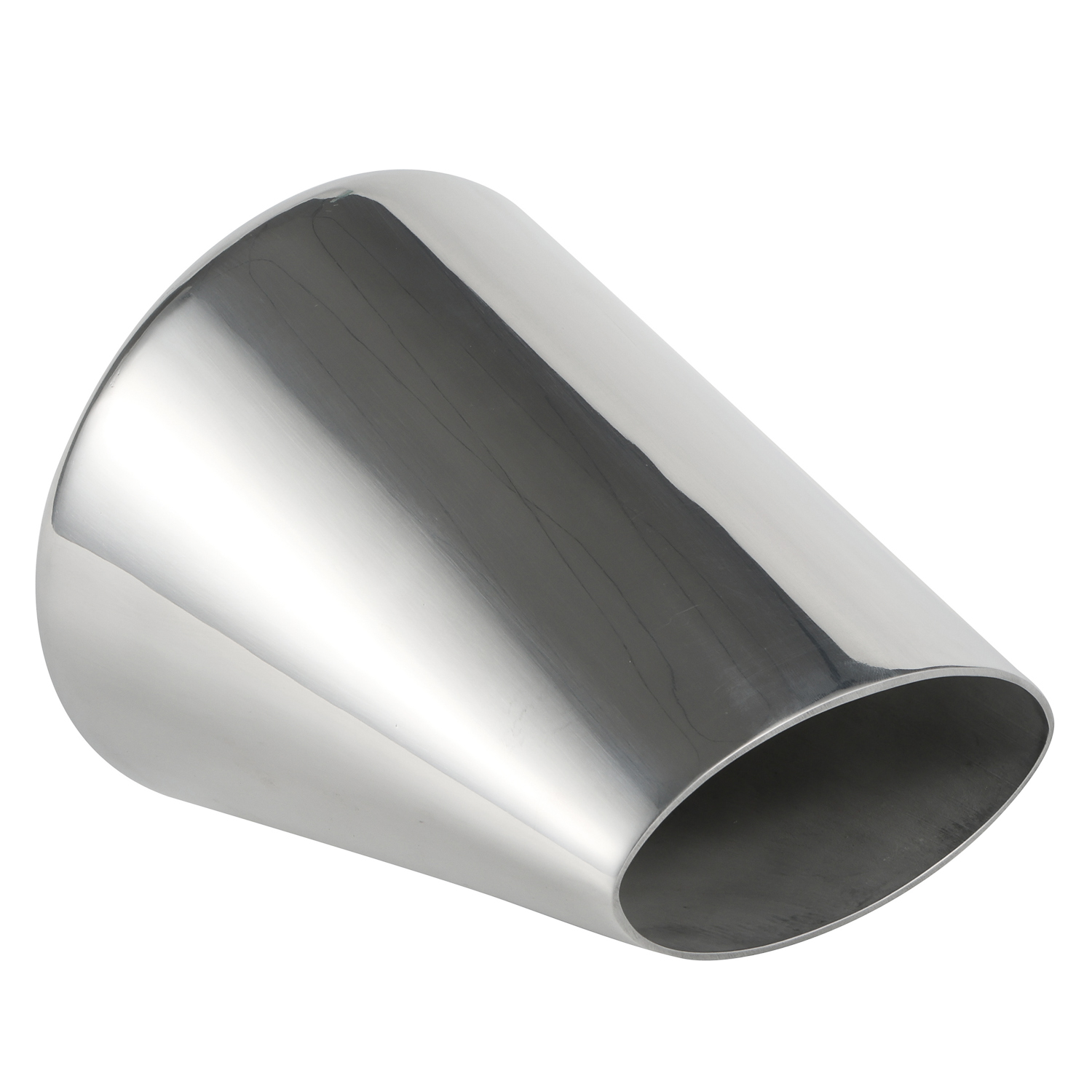
Yixing Technology's chemical polishing is to allow the microscopic convex parts of the surface of the material to be dissolved preferentially in the chemical medium than the concave parts, thereby obtaining a smooth surface.
The main advantage of chemical polishing method is that it does not require complicated equipment, can polish workpieces with complex shapes, and can polish many workpieces at the same time, with high efficiency.
The core issue of chemical polishing is the preparation of polishing fluid. The surface roughness obtained by chemical polishing is generally several 10 μm.
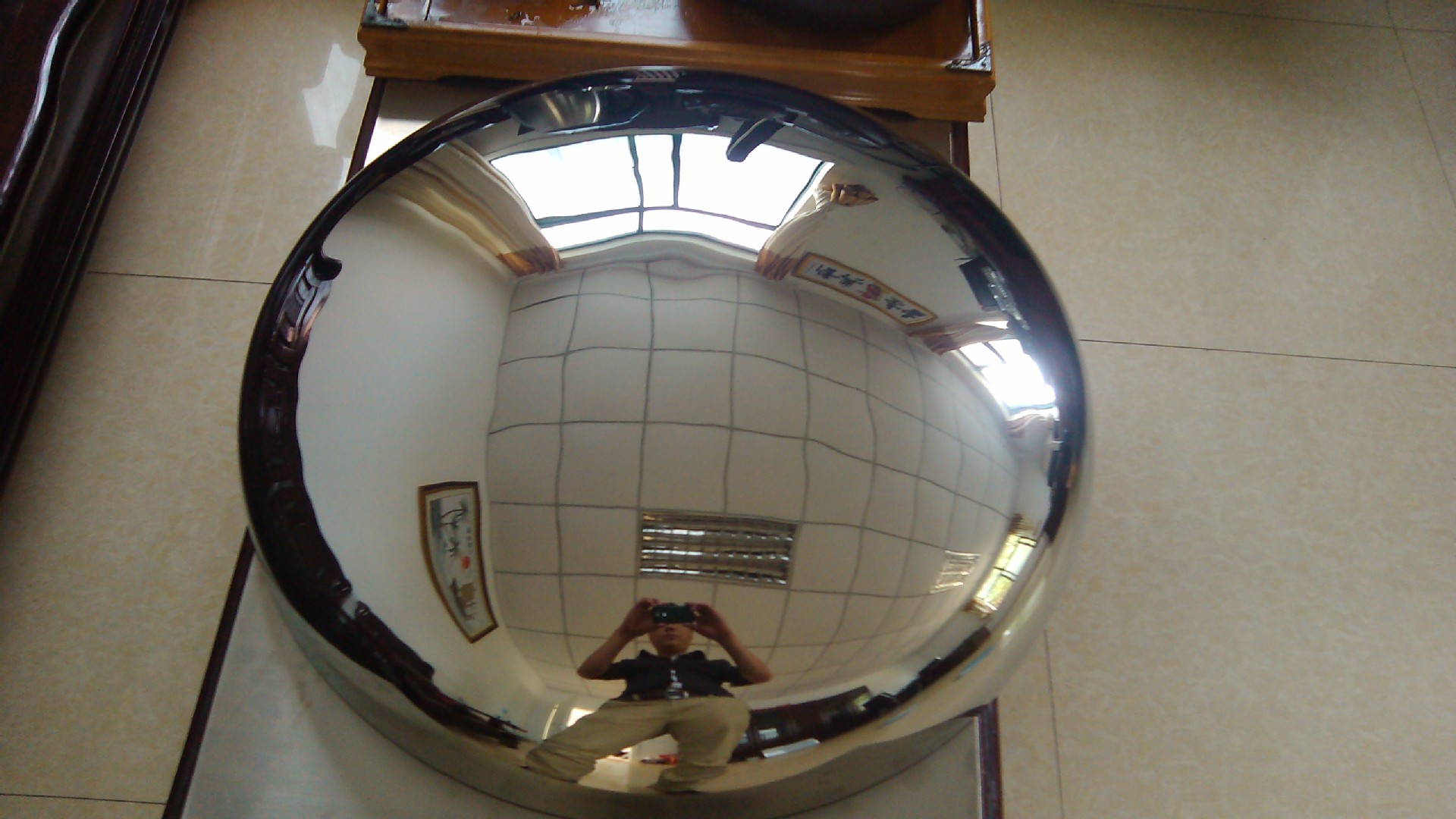
The basic principle of Yixing Technology's electrolytic polishing is the same as that of chemical polishing, which is to selectively dissolve the tiny protrusions on the surface of the material to make the surface smooth.
Compared with chemical polishing, the influence of cathode reaction can be eliminated and the effect is better.
(1) Macroscopic leveling: The dissolved products diffuse into the electrolyte, and the geometric roughness of the material surface decreases, Ra>1μm.
(2) Glimmer smoothness, anodic polarization, improved surface brightness, Ra<1μm.
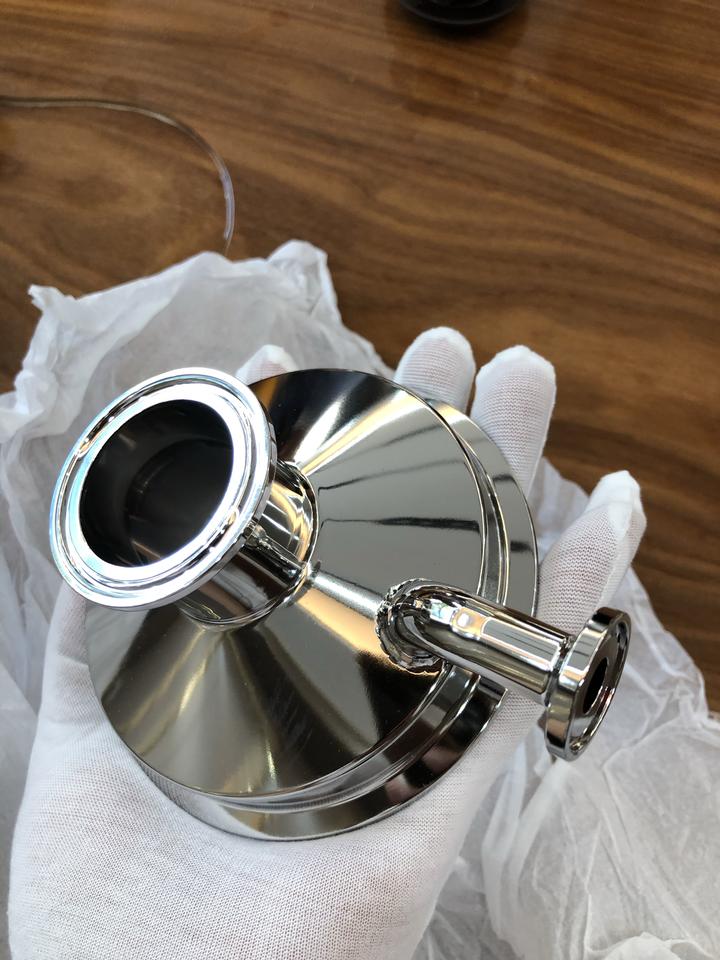
The workpiece is placed in the abrasive suspension and placed together in the ultrasonic field. The abrasive is ground and polished on the surface of the workpiece relying on the oscillation of ultrasonic waves.
The macro force of ultrasonic processing is small and will not cause deformation of the workpiece, but the production and installation of tooling is difficult.
Ultrasonic polishing processing can be combined with chemical or electrochemical methods.
On the basis of solution corrosion and electrolysis, ultrasonic polishing vibration is applied to stir the solution to separate the dissolved products from the surface of the workpiece and make the corrosion or electrolyte near the surface uniform; the cavitation effect of ultrasonic waves in the liquid can also inhibit the corrosion process and facilitate surface brightening.
Fluid polishing from Yixing Technology relies on high-speed flowing liquid and the abrasive particles it carries to wash away the surface of the workpiece to achieve the purpose of polishing. Commonly used methods include: abrasive jet machining, liquid jet machining, fluid power grinding, etc.
Fluid power grinding is driven by hydraulic pressure, which causes the liquid medium carrying abrasive particles to reciprocate across the workpiece surface at high speed.
The fluid medium is mainly made of special compounds (polymer-like substances) with good flow properties under lower pressure and mixed with abrasives. The abrasives can be silicon carbide powder.
Controllable flexible body deterministic polishing technology is a new type of mirror polishing technology that aims to improve the controllability of optical processing and selects flexible media that can adapt to surface shape changes as the polishing tool. This technology perfectly solves the bottleneck of modern optical parts processing. It is currently the most high-end processing method for mirror polishing and is also the future development trend of the industry.
At present, the flexible media used in controllable flexible body deterministic polishing technology mainly include magnetorheological polishing fluid and ion beam current. The corresponding polishing equipment is magnetorheological polishing machine and ion beam polishing machine.
Mirror polish is widely used in sheet metal parts. As a factory specializing in sheet metal surface treatment, Shanghai Yixing Technology can do mirror polish after laser cutting, stamping, deep drawing, welding etc. As a one stop sheet metal fabrication services workshop, we can provide simple unfinished part or completely assembled products. Our mirror polished parts are mainly used in furniture, medical, automobile, and food and beverage metal fabrication industries.

